As parents, one of the significant decisions we make for our little ones is choosing the right diapering method. In today's world, two primary contenders stand out: Modern Cloth Nappies and Disposable Diapers. Both options have their merits, but which one truly reigns supreme in terms of convenience, cost-effectiveness, and environmental impact? Let's delve into a comprehensive showdown between Modern Cloth Nappies and Disposable Diapers to help you make an informed choice for your baby's comfort and well-being.
Table of Contents
| Section | |
|---|---|
| 1 | Introduction |
| 2 | Modern Cloth Nappies: The Eco-Friendly Option |
| 3 | Disposable Diapers: The Convenience King |
| 4 | Comfort and Fit: Which Diaper Wins? |
| 5 | Absorption Power: Battle of the Bladders |
| 6 | Leakage Woes: Can Cloth Nappies Compete? |
| 7 | Time and Effort: The Real Investment |
| 8 | Environmental Impact: A Closer Look |
| 9 | Cost Comparison: Cloth vs. Disposable Diapers |
| 10 | Fashionable Flair: Aesthetics and Variety |
| 11 | Diaper Rashes and Allergies: A Health Perspective |
| 12 | The Eco-Modern Compromise: Hybrid Diapers |
| 13 | Nighttime Diapering: Battling for a Peaceful Sleep |
| 14 | Traveling with Tots: Convenience on the Go |
| 15 | Conclusion |
2. Modern Cloth Nappies: The Eco-Friendly Option
Modern Cloth Nappies, often lovingly referred to as "MCNs" or "cloth diapers," have witnessed a resurgence in popularity due to their environmentally friendly nature. These diapers are typically made from soft, breathable fabrics such as cotton, bamboo, or hemp. Unlike their disposable counterparts, MCNs are reusable, making them a greener choice for parents concerned about the planet's well-being.
Key Points:
- Reusable and Environmentally Friendly: MCNs can be washed and reused multiple times, significantly reducing landfill waste and lowering the carbon footprint.
- Gentle on Baby's Skin: The natural fabrics used in cloth diapers are hypoallergenic and less likely to cause irritation or diaper rashes.
- Cost-Effective in the Long Run: Despite a higher upfront investment, using cloth diapers can save money in the long term, especially for families with multiple children.
3. Disposable Diapers: The Convenience King
Disposable Diapers have dominated the market for decades, and their popularity is understandable. These single-use diapers are made from super-absorbent materials designed to keep your baby dry for hours, ensuring convenience for both parents and little ones.
Key Points:
- Ultimate Convenience: Disposable diapers are convenient for busy parents as they don't require washing and can be easily disposed of after use.
- Great Absorption Power: With advanced technology, disposable diapers can handle a significant amount of liquid, keeping your baby dry for longer periods.
- Ideal for Travel and On-the-Go: When traveling or running errands, disposable diapers are the go-to choice for their ease of use and disposal.
4. Comfort and Fit: Which Diaper Wins?
When it comes to the comfort and fit of diapers, the battle between cloth and disposable continues. Both options have their unique features, and what works best for your baby may depend on their individual needs and body shape.
Key Points:
- Cloth Nappies: These diapers are typically softer and offer a more natural feel against the baby's skin, but finding the perfect fit can be a bit tricky.
- Disposable Diapers: The snug fit and elastic leg bands in disposable diapers ensure a secure and comfortable fit, reducing the chances of leaks.
5. Absorption Power: Battle of the Bladders
One of the main purposes of a diaper is to keep your baby dry by absorbing urine. The ability to handle different liquid volumes without leaking is crucial for both cloth and disposable diapers.
Key Points:
- Modern Cloth Nappies: The absorption power of cloth diapers can be enhanced by adding additional inserts or boosters as needed.
- Disposable Diapers: The super-absorbent materials used in disposables are engineered to hold a large amount of liquid, making them highly effective in preventing leaks.
6. Leakage Woes: Can Cloth Nappies Compete?
Leaks can be a significant concern for parents, as they can lead to discomfort for the baby and extra laundry for the caregiver. Both types of diapers have their pros and cons when it comes to containing leaks.
Key Points:
- Cloth Nappies: Proper fitting, frequent changing, and adding boosters can help minimize leaks in cloth diapers.
- Disposable Diapers: With their advanced absorbency and snug fit, disposables are designed to minimize leaks effectively.
7. Time and Effort: The Real Investment
As parents, we often find ourselves juggling various responsibilities, and diapering is just one of them. Considering the time and effort required for each diapering option can be essential in making the right choice.
Key Points:
- Modern Cloth Nappies: MCNs require additional time for washing, drying, and assembling, but the environmental impact can make the investment worthwhile.
- Disposable Diapers: The convenience of disposables lies in their one-and-done nature, eliminating the need for laundry.
8. Environmental Impact: A Closer Look
As awareness of environmental issues grows, many parents are opting for eco-friendly choices that reduce waste and conserve resources. The environmental impact of both diapering options is worth considering.
Key Points:
- Modern Cloth Nappies: By choosing reusable cloth diapers, parents can significantly reduce the number of diapers sent to landfills, making a positive impact on the environment.
- Disposable Diapers: The convenience of disposables comes at a cost to the environment, as they contribute to the growing landfill waste.
9. Cost Comparison: Cloth vs. Disposable Diapers
While cloth diapers require a higher initial investment, their long-term cost-effectiveness can outweigh the ongoing expenses of disposable diapers. Let's compare the expenses of both options to help you make a well-informed financial decision.
Key Points:
- Modern Cloth Nappies: The initial cost includes purchasing the cloth diapers, inserts, and accessories. However, as they are reusable, the expenses decrease over time.
- Disposable Diapers: The ongoing costs of disposables can add up over months or years, especially for families with multiple children in diapers simultaneously.
10. Fashionable Flair: Aesthetics and Variety
Who said diapers couldn't be fashionable? Cloth and disposable diapers have come a long way in terms of design and variety, allowing parents to choose diapers that complement their baby's style.


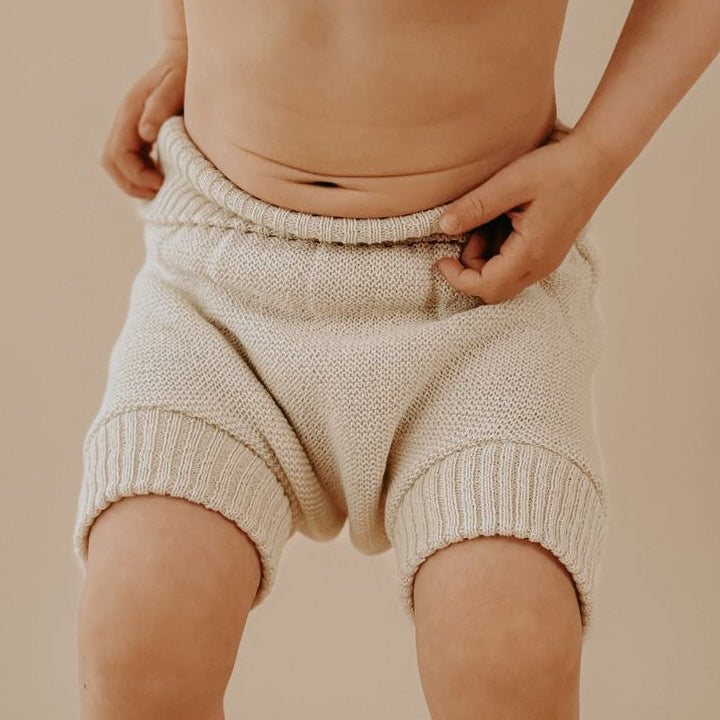
![Swim Nappy Bundle [Ship Oct 5 - 10] - Mimi & Co](http://mimiandco.com.au/cdn/shop/files/swim-nappy-bundle-ship-oct-5-10-5796576.jpg?v=1761125410)

![Toilet Training Undies Pants [Jan Preorder] - Mimi & Co](http://mimiandco.com.au/cdn/shop/files/toilet-training-undies-pants-jan-preorder-6316642.jpg?v=1766216229&width=1200)
![Reusable Bamboo Mimi™ Wipes [5 Pack] - Mimi & Co](http://mimiandco.com.au/cdn/shop/files/reusable-bamboo-mimi-wipes-5-pack-7600782.jpg?v=1761445103)



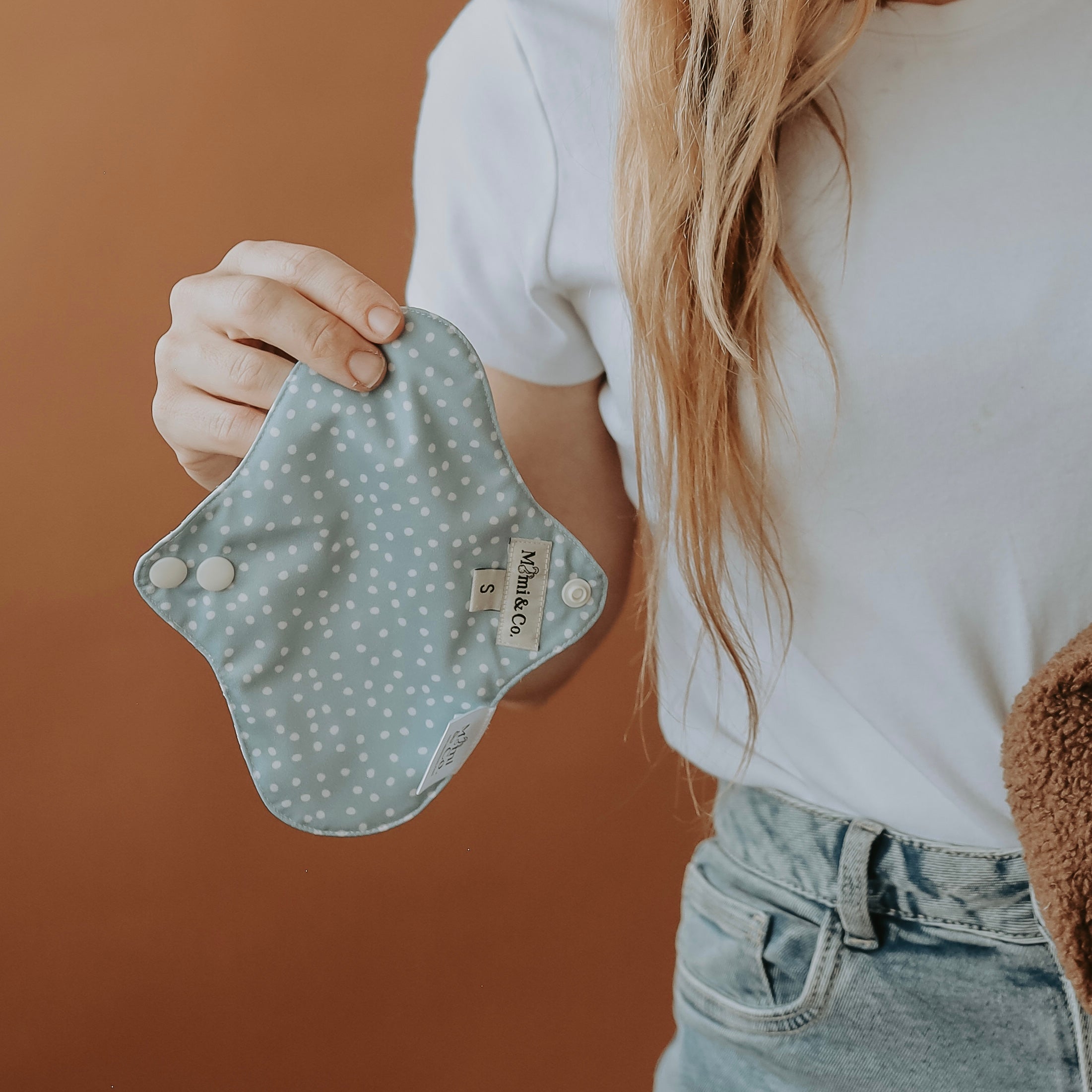
![Reusable Mimi® Menstrual Underwear [Shipping 31/9] - Mimi & Co](http://mimiandco.com.au/cdn/shop/files/reusable-mimi-menstrual-underwear-shipping-319-6508918.png?v=1759809525)
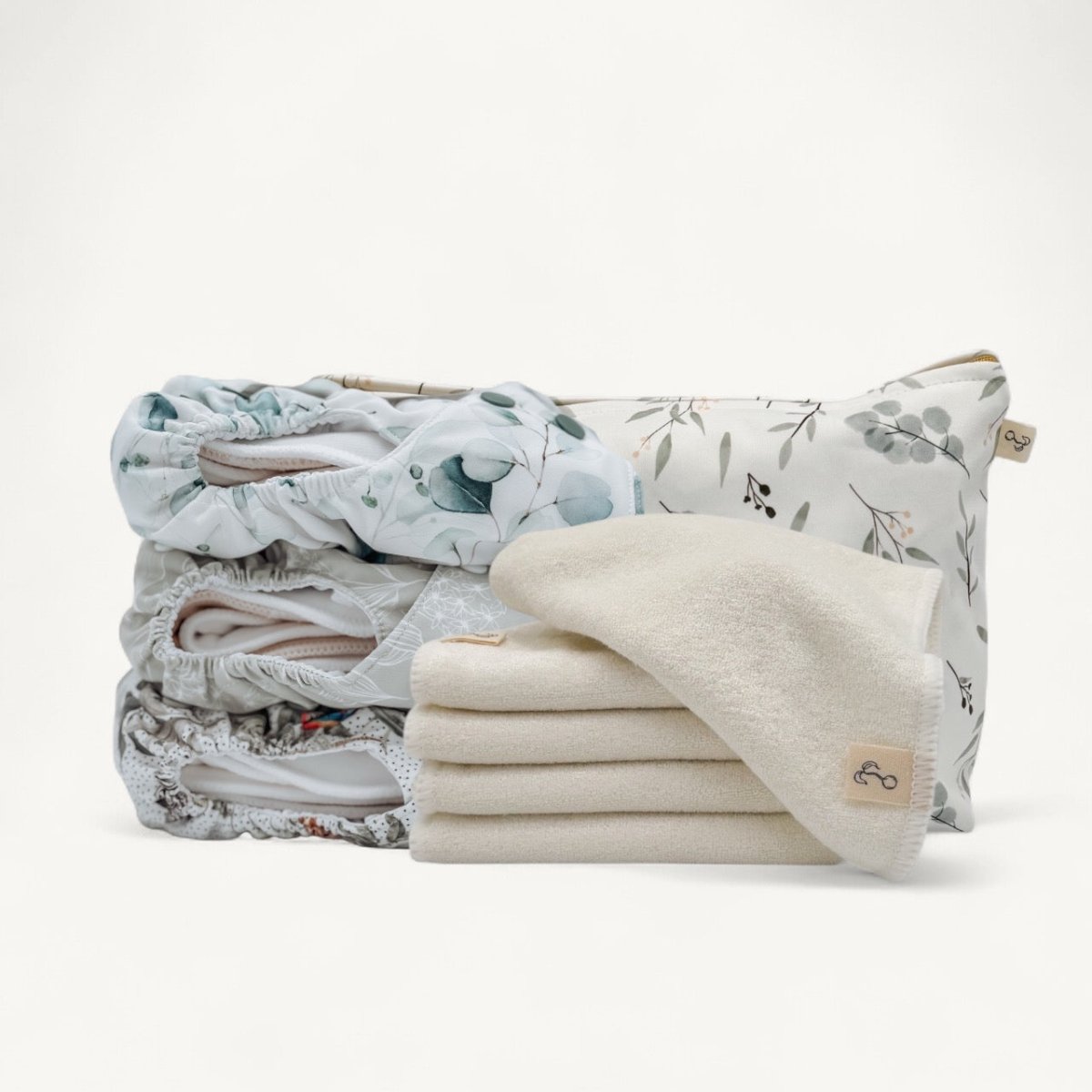



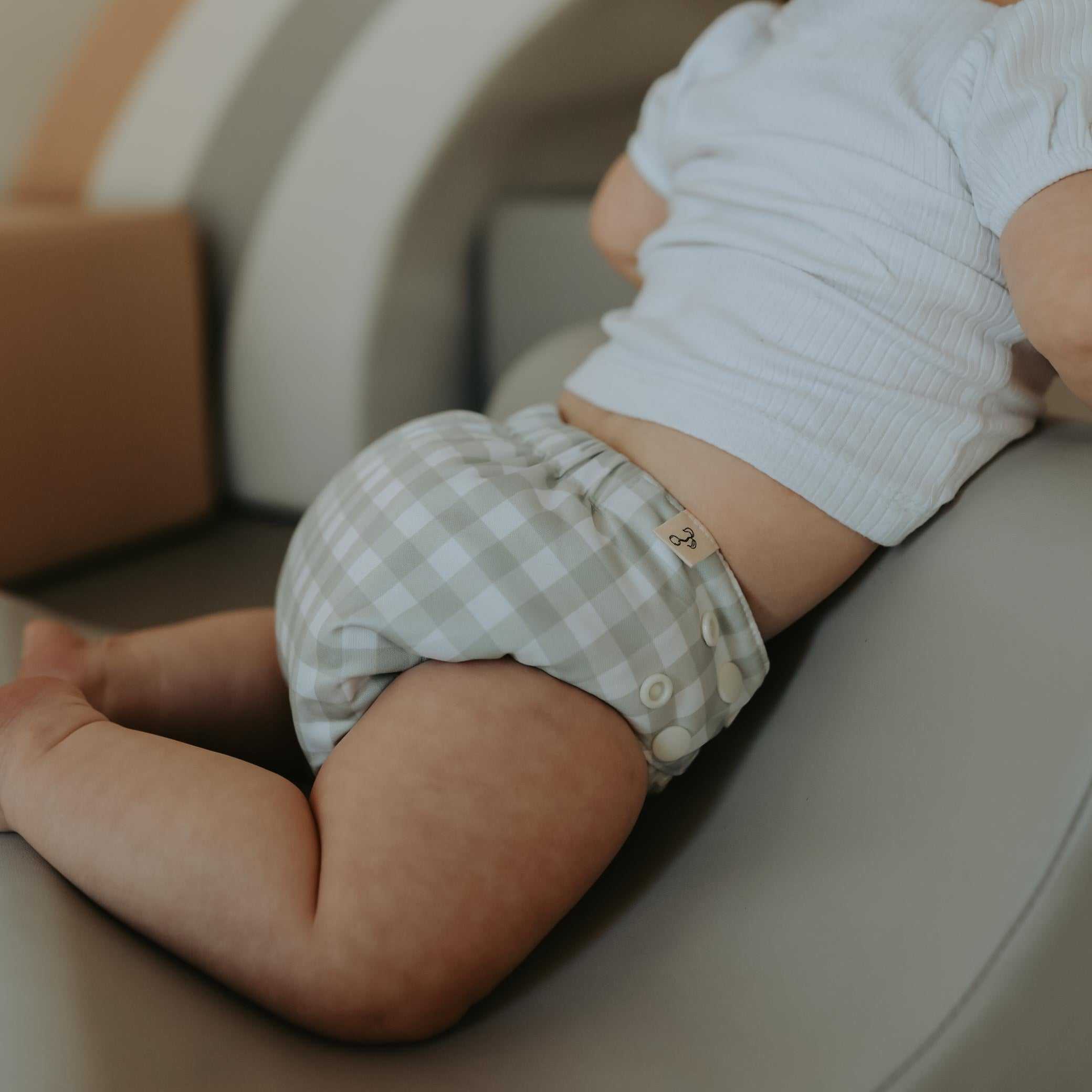
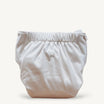
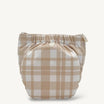
![One Size Fits Most Preflat [PreOrder] - Mimi & Co](http://mimiandco.com.au/cdn/shop/files/one-size-fits-most-preflat-preorder-761880.webp?v=1759809321&width=104)
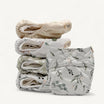
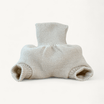
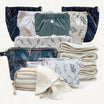
![Toilet Training Undies Pants [Jan Preorder] - Mimi & Co](http://mimiandco.com.au/cdn/shop/files/toilet-training-undies-pants-jan-preorder-6316642.jpg?v=1766216229&width=104)
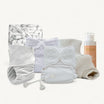

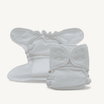
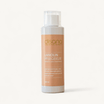
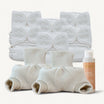
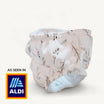
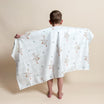

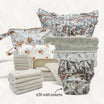
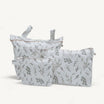
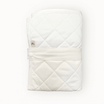
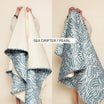
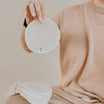
![Reusable Bamboo Wipes [5 Pack] - Mimi & Co](http://mimiandco.com.au/cdn/shop/files/reusable-bamboo-wipes-5-pack-580411.webp?v=1764820089&width=104)
![Organic Cotton Wipes [5 Pack] - Mimi & Co](http://mimiandco.com.au/cdn/shop/files/organic-cotton-wipes-5-pack-7079645.png?v=1759809401&width=104)
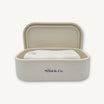
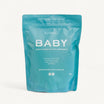
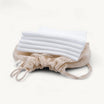

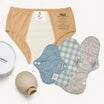
![Reusable Mimi® Menstrual Underwear [Shipping 31/9] - Mimi & Co](http://mimiandco.com.au/cdn/shop/files/reusable-mimi-menstrual-underwear-shipping-319-6508918.png?v=1759809525&width=104)
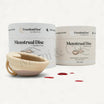
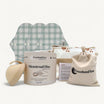








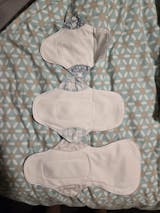
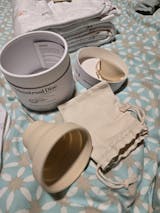
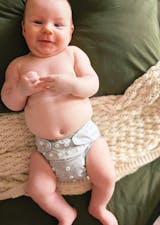
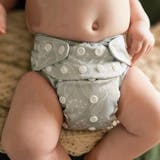
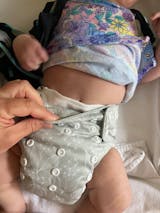
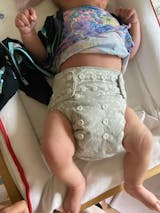

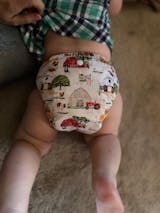
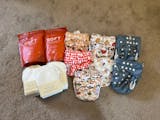
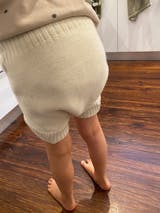

Leave a comment
All comments are moderated before being published.
This site is protected by hCaptcha and the hCaptcha Privacy Policy and Terms of Service apply.